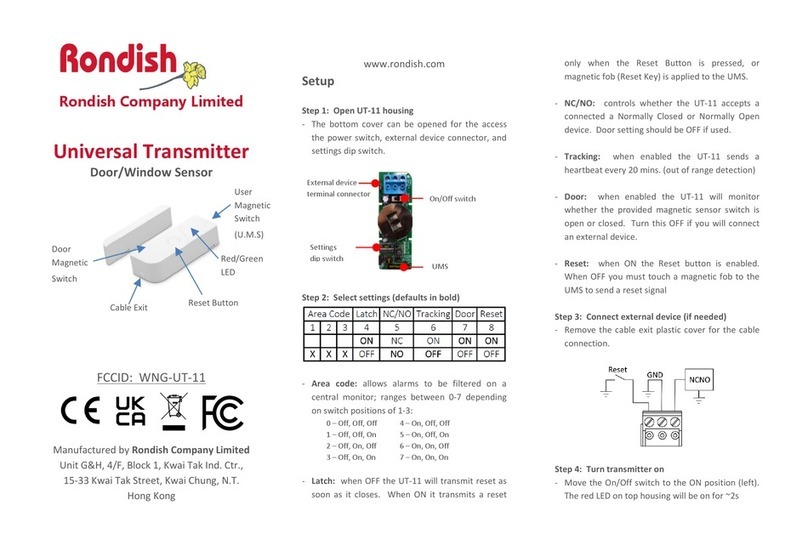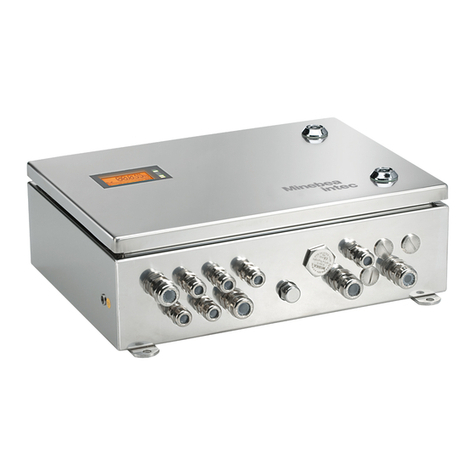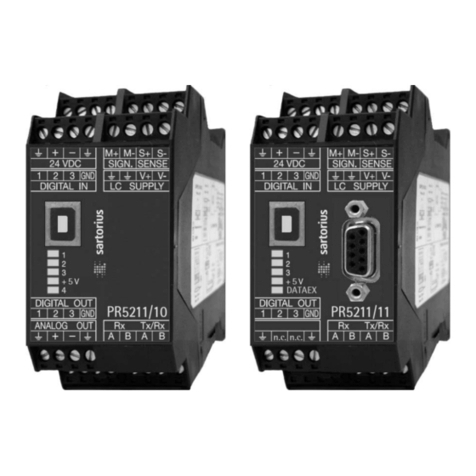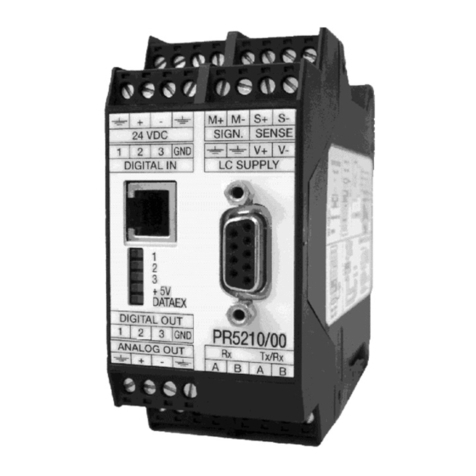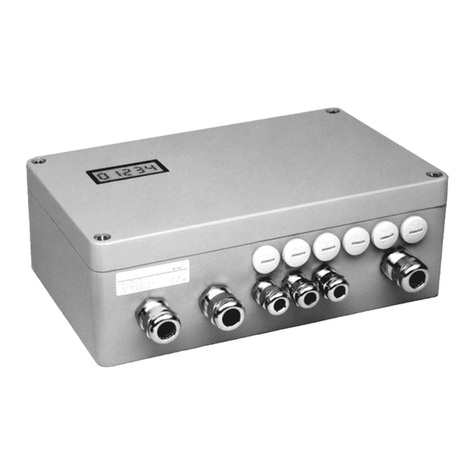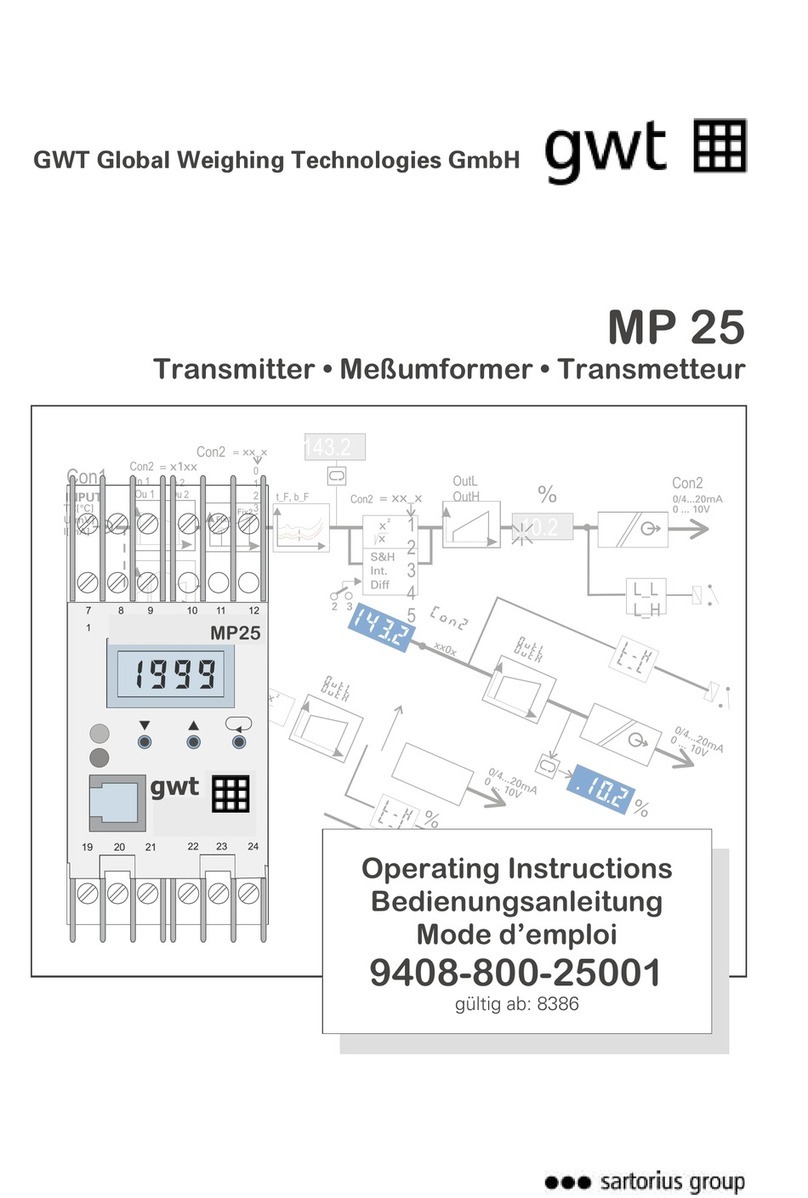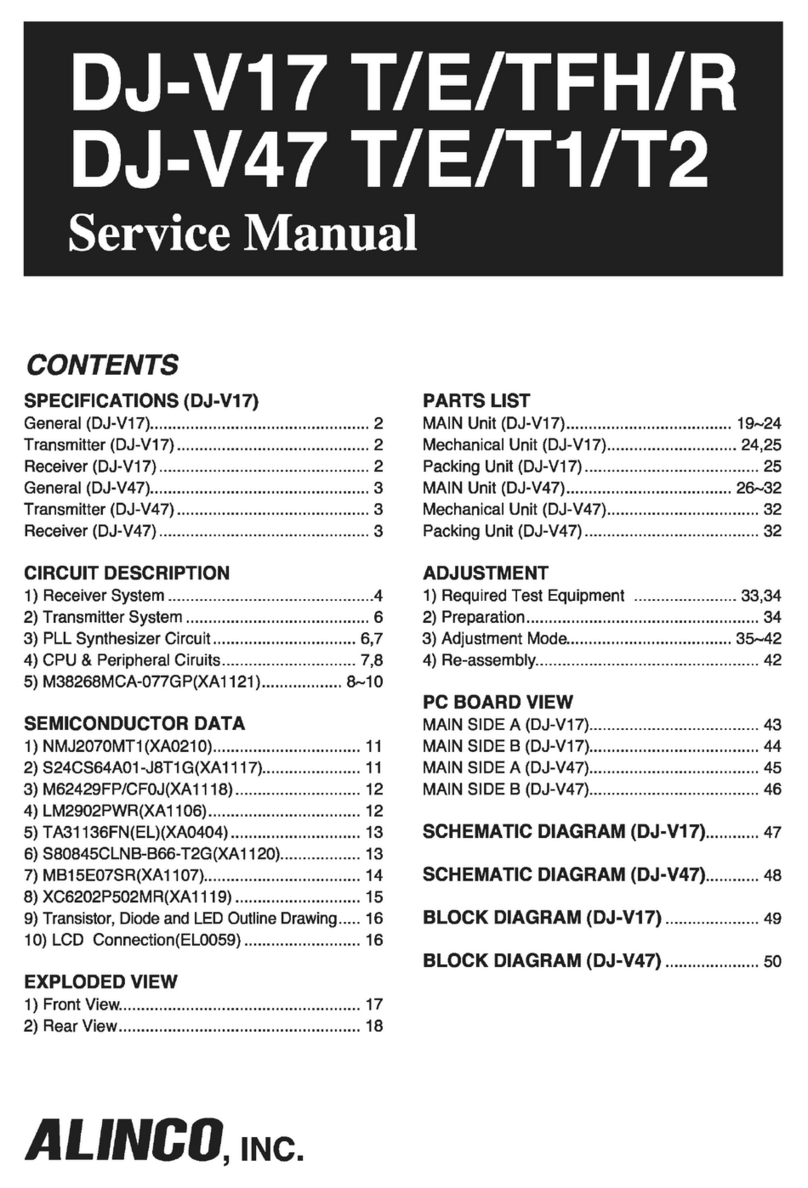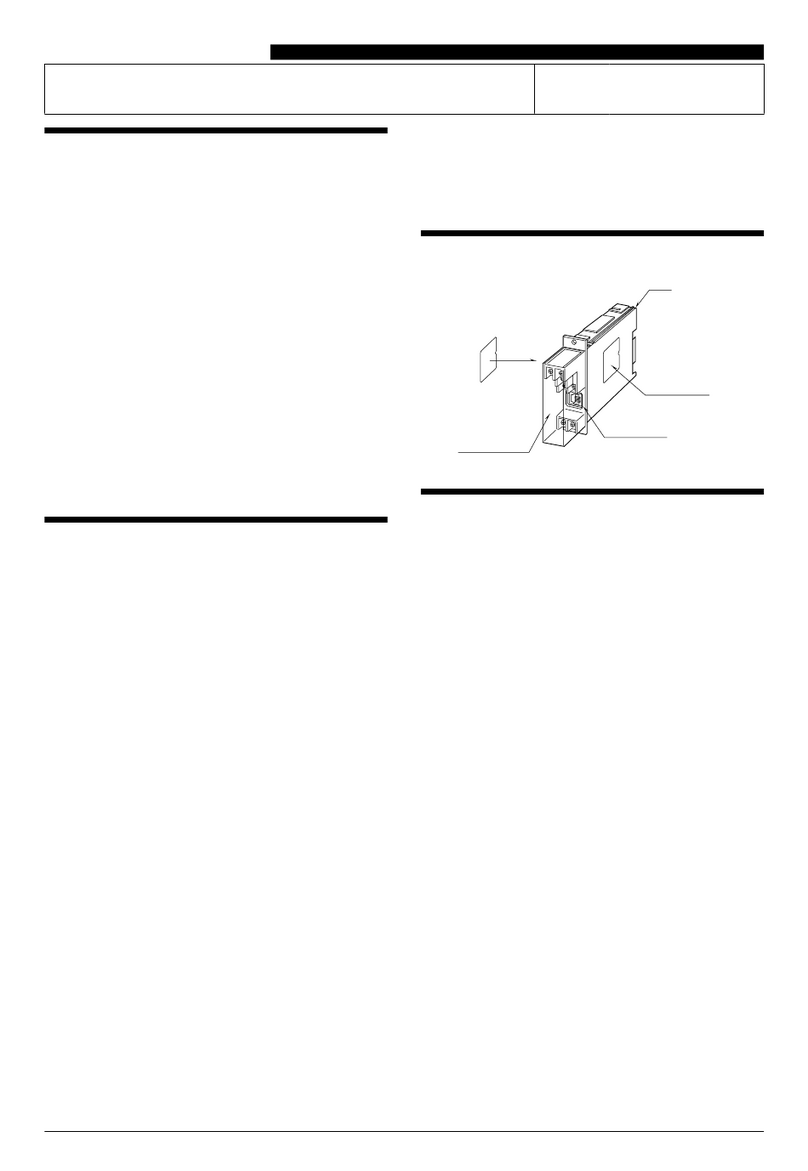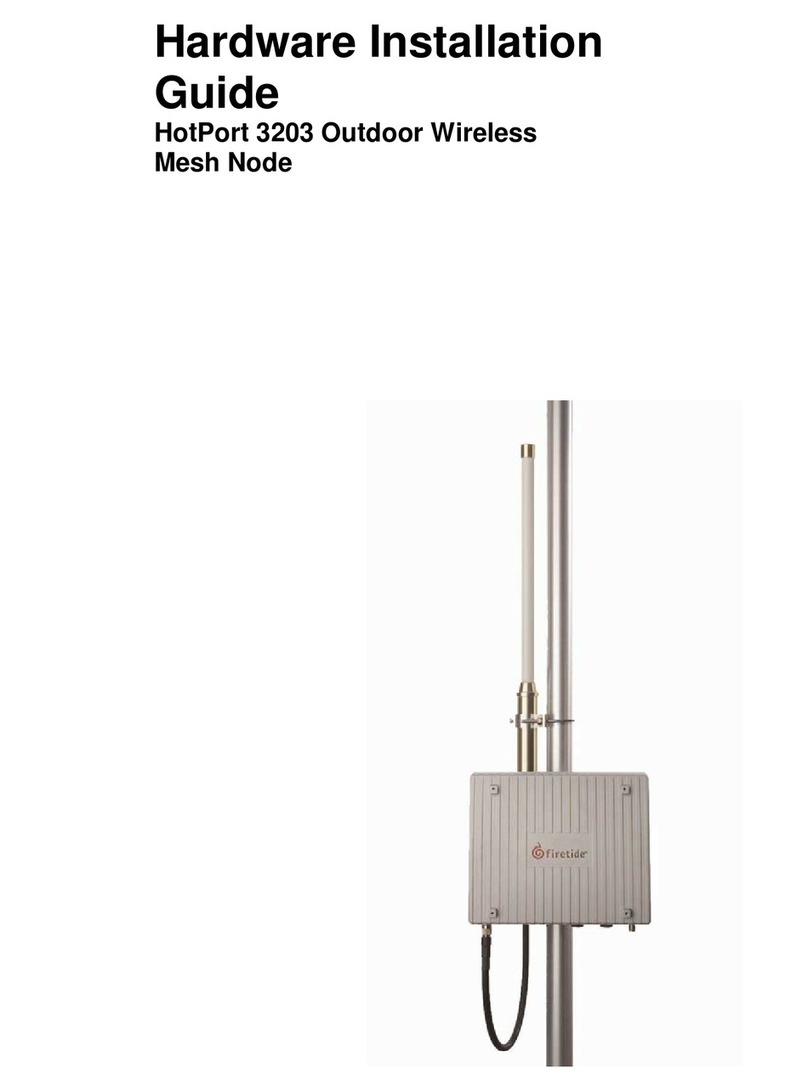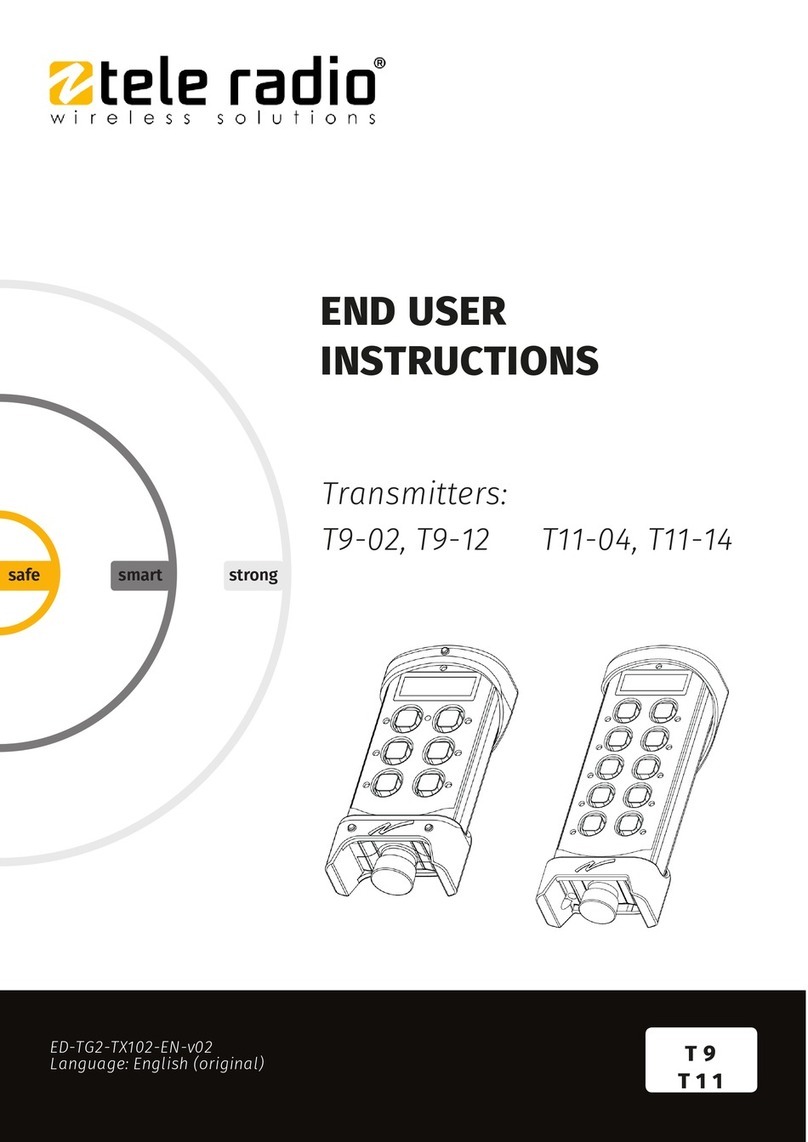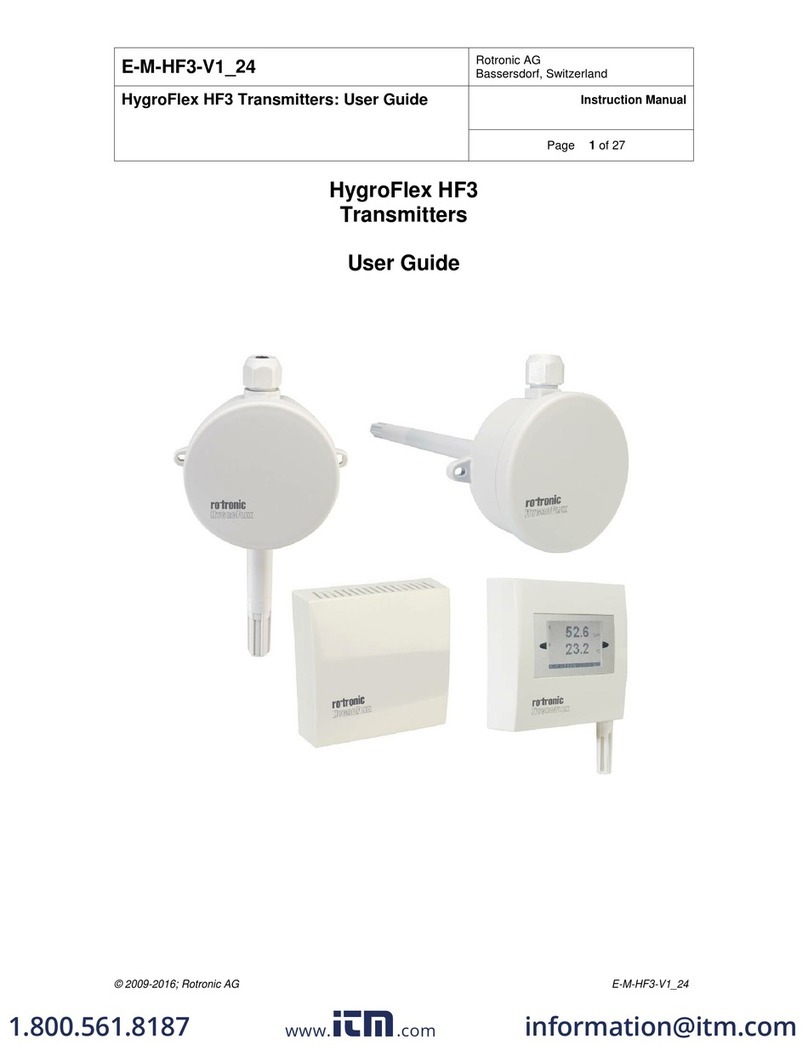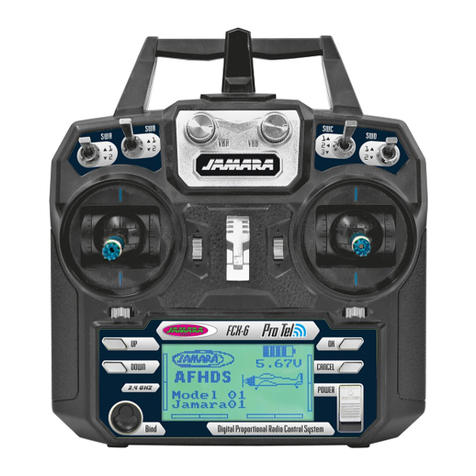
Table of Contents
PR 5220 Instrument Manual
EN-4 Sartorius
Commissioning...........................................................................................................................................................................................37
4.1 Data Backup/Power Failure.................................................................................................................................................................... 37
4.1.1 CAL Switch ..................................................................................................................................................................................... 37
4.1.2 Factory Settings............................................................................................................................................................................ 38
4.2 Switching on the Instrument................................................................................................................................................................ 38
4.3 Configuration and Calibration.............................................................................................................................................................. 38
4.3.1 Connecting the Device to the Network and Finding out the IP address ................................................................... 38
4.3.2 Resetting the Instrument/Activating Network'DHCP'...................................................................................................... 41
4.3.3 Searching the Instrument in the Network Using 'IndicatorBrowser'.......................................................................... 44
4.3.4 Operation Using the VNC Program......................................................................................................................................... 45
4.3.5 Operation Using Internet Browser.......................................................................................................................................... 46
4.3.6 INFO Function................................................................................................................................................................................ 48
4.3.7 Setup Function (VNC) ................................................................................................................................................................. 48
4.3.8 Setup Menu.................................................................................................................................................................................... 49
4.4 Calibration Weighing Point ‚Internal A’............................................................................................................................................. 55
4.4.1 Displaying Calibration Data ...................................................................................................................................................... 55
4.4.2 Selecting the Calibration Mode............................................................................................................................................... 56
4.4.3 Determining the Maximum Capacity (Max) ........................................................................................................................ 57
4.4.4 Determining the Scale Interval................................................................................................................................................ 59
4.4.5 Determining the Dead Load...................................................................................................................................................... 60
4.4.6 Calibration with Weight (by Load) ......................................................................................................................................... 62
4.4.7 Calibration with mV/V Value [by mV/V]................................................................................................................................ 63
4.4.8 Calibration with Load Cell Data (“Smart Calibration“)..................................................................................................... 64
4.4.9 Subsequent Dead Load Correction......................................................................................................................................... 65
4.4.10 Linearization .................................................................................................................................................................................. 65
4.4.11 Test Value Determination/Display........................................................................................................................................... 66
4.4.12 Finishing/Saving the Calibration............................................................................................................................................. 66
4.4.13 Parameter Input............................................................................................................................................................................ 67
4.5 Calibrating an xBPI Scale........................................................................................................................................................................ 70
4.5.1 xBPI Set-up for Serial Port........................................................................................................................................................ 70
4.5.2 xBPI Scale Function..................................................................................................................................................................... 71
4.5.3 xBPI Platform Configuration.................................................................................................................................................... 71
4.5.4 xBPI Scale Parameter.................................................................................................................................................................. 73
4.5.5 xBPI Parameter Tables ................................................................................................................................................................ 74
4.5.6 xBPI Setting Dead Load.............................................................................................................................................................. 77
4.5.7 xBPI Calibration with the User Weight................................................................................................................................. 78
4.5.8 xBPI Calibration with Automatic Weight Detection......................................................................................................... 79
4.5.9 xBPI Calibration with Default Weight................................................................................................................................... 80
4.5.10 xBPI Calibration with Built-in Weight .................................................................................................................................. 82
4.6 Calibrating Digital Load Cells Type ‘Pendeo®’.................................................................................................................................. 83
4.6.1 General Information.................................................................................................................................................................... 83
4.6.2 Viewing the Interfaces................................................................................................................................................................ 83
4.6.3 Selecting and Setting up the Interface................................................................................................................................. 83
4.6.4 Selecting the Load Cell Type..................................................................................................................................................... 84
4.6.5 Adjustment Sequence................................................................................................................................................................. 85
4.6.6 Search for Load Cells................................................................................................................................................................... 85
4.6.7 Assigning Load Cells.................................................................................................................................................................... 87





